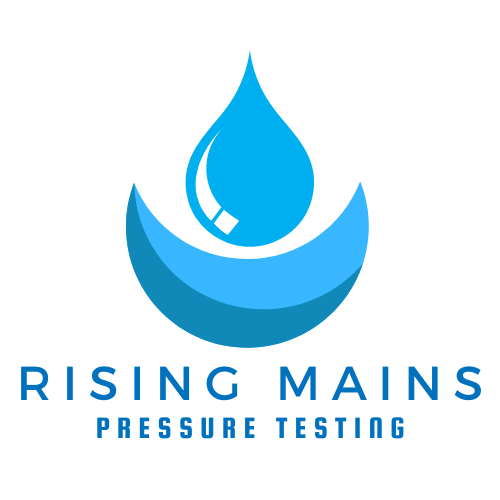If you’re in need of rising mains pressure testing for your pipelines, we have you covered. Whether you’re a housing developer, main contractor, or groundworker, pressure testing is an essential part of ensuring your rising mains are functioning at their best. With the housing market booming and a growing demand for new developments, pressure testing your pipelines has never been more important.
While chlorination of mains is not required, pressure testing is critical to confirm that pipelines are fit for purpose and up to regulatory standards. We work with a wide variety of clients nationwide, assisting them with pressure testing and commissioning to meet their project needs. Let’s dive into the key aspects of rising mains pressure testing, why it’s important, and how it can benefit your water systems.
Contact Us
Rising mains pressure testing evaluates the hydraulic performance and structural integrity of pipelines within a water distribution system. It’s a meticulous process that identifies any potential issues such as leaks, blockages, or structural weaknesses that could impair water flow. By conducting comprehensive assessments, our team ensures that your rising mains function efficiently, maintaining consistent pressure and a reliable water supply.
Hydraulic performance is a critical component of any water distribution system. During testing, we assess the pipeline’s water flow and pressure to ensure that the system operates at optimal levels. Our advanced testing technology also allows us to measure water velocity and identify any obstructions or irregularities that could impede performance. By addressing these issues early, we help keep your water distribution smooth and uninterrupted.
Leaks, even minor ones, can cause significant damage over time if not detected and repaired. Our team uses state-of-the-art leak detection technology to spot small leaks before they become major problems. Preventing water loss is not only cost-effective but also environmentally responsible. Early detection reduces the risk of water wastage, high utility bills, and costly infrastructure damage.
Ensuring the structural soundness of your pipelines is critical to preventing future failures. Our skilled inspectors thoroughly evaluate the pipelines for signs of wear, cracks, or corrosion, addressing any weaknesses before they lead to costly repairs or disruptions in service. This proactive approach saves money and ensures the long-term reliability of your system.
Regular pressure testing offers multiple benefits that ensure the safety, efficiency, and sustainability of your water supply system. Let’s explore some of the key reasons why this practice is essential:
A water distribution system needs to handle pressure effectively to prevent breakdowns. Pressure testing helps to ensure the system is safe and reliable, minimising the risk of sudden failures. In areas such as residential communities, businesses, or public facilities, where an uninterrupted water supply is critical, reliable pipeline performance is key to avoiding water shortages or disruptions.
Water quality is a non-negotiable aspect of any water distribution system. Even the smallest breach in a pipeline can lead to contamination, threatening the safety and purity of the water supply. Pressure testing detects leaks early, preventing harmful substances from entering the system and ensuring compliance with health and safety regulations. Maintaining high water quality is essential for protecting public health.
Leaks can add up to significant financial loss over time, both in terms of wasted water and the expense of repairs. Pressure testing helps catch small leaks early, avoiding expensive fixes and reducing water waste. This preventive approach helps keep operational costs low while conserving water—a win for both your budget and the environment.
Sustainability is a growing concern across industries, and water management is no exception. Pressure testing plays a critical role in conserving water by detecting leaks and preventing wastage. By maintaining an efficient and well-sealed water distribution system, we can also prevent contamination of local ecosystems, supporting responsible environmental stewardship.
We ensure that all rising mains pressure testing is conducted according to the highest standards and in compliance with regulatory requirements. UK water distribution systems are governed by several key regulations:
- The Water Supply (Water Quality) Regulations 2000 outlines the requirements for maintaining water quality.
- The Water Industry Act 1991 sets out legal obligations for water suppliers.
- British Standards (BS EN) offers guidelines for ensuring the accuracy and safety of pressure testing.
- Health and Safety Executive (HSE) guidelines ensure the safety of both personnel and the public during testing procedures.
We are also familiar with local water authority standards, ensuring that our testing aligns with the specific requirements of different regions. Our commitment to regulatory compliance guarantees that your water system meets the necessary benchmarks for safety, functionality, and legal responsibility.
In addition to pressure testing, hydrostatic testing and rising main flushing offer further benefits to ensure your pipelines are clean and functioning optimally. Flushing removes debris, sediment, and contaminants from the pipeline, preventing blockages and improving water quality. Meanwhile, hydrostatic testing checks for any hidden weaknesses by pressurising the system beyond normal operational levels, offering an added layer of security.
